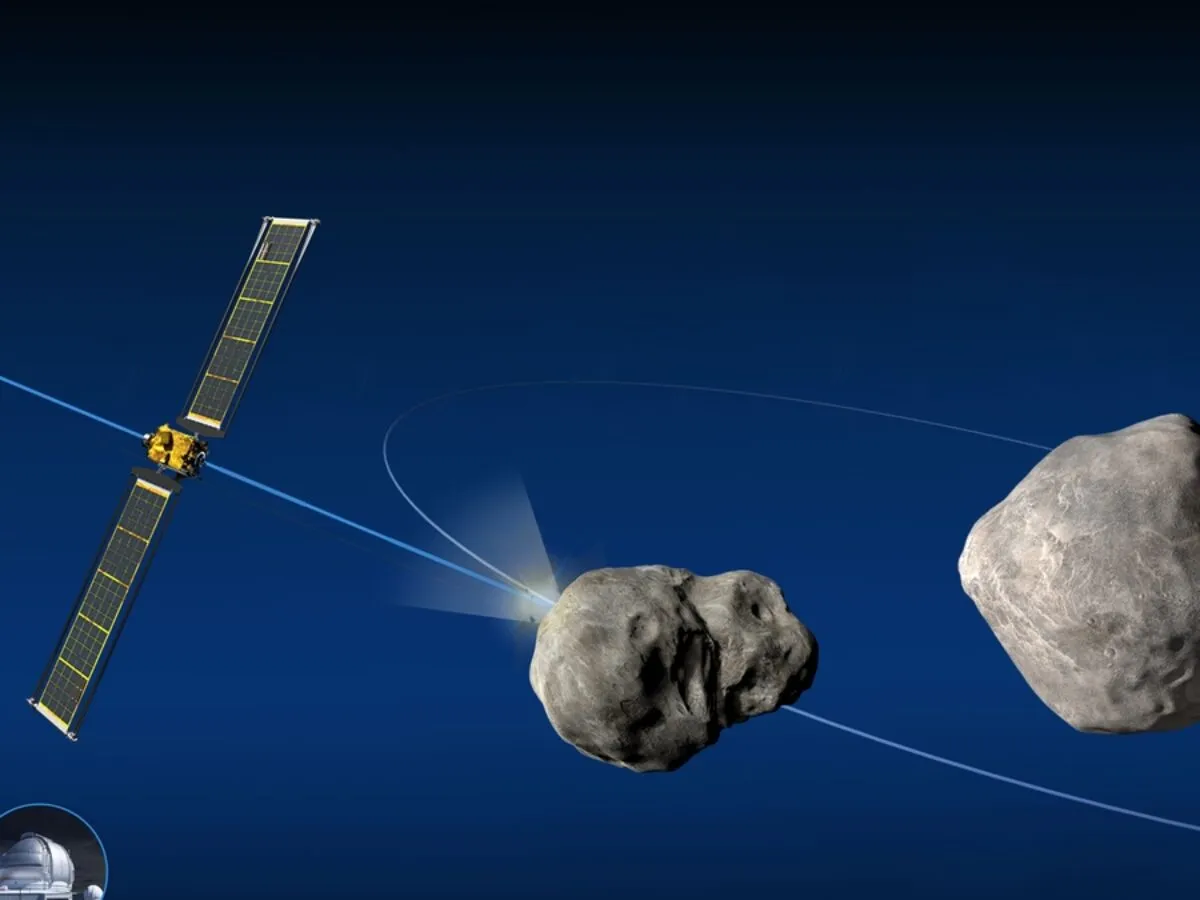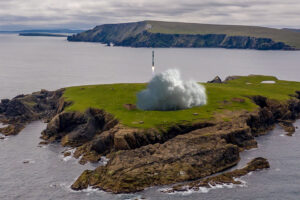Researchers Develop Modelling Tool for Deflecting Asteroids
28th Dec 2023
Research workers at Lawrence Livermore National Laboratory have created a modeling tool to evaluate the feasibility of utilizing a nuclear device to protect the Earth from potentially devastating asteroid collisions. Deflecting asteroids may now begin to move from science fiction to reality.
The research paper, published in November, presents a fresh methodology for simulating the energy deposition caused by a nuclear device on the surface of an asteroid. The novel modeling tool enhances the understanding of the radiation interactions caused by nuclear deflection on the asteroid’s surface, and it also paves the way for further research and studies on the shockwave dynamics affecting the asteroid’s interior.
Led by LLNL physicist Mary Burkey, the research team for the study also included co-authors Megan Bruck Syal, Kirsten Howley, Joseph Wasem, Nicholas Gentile, and Robert Managan.
Deflecting asteroids with nuclear detonations: A Viable Alternative to Protect Earth from Asteroid Threats
NASA’s recent Double Asteroid Redirection Test (DART) mission has provided insights that research workers can build upon using the new modeling tool. During the DART mission, a kinetic impactor was purposely crashed by scientists into an asteroid in September 2022 to thus observe its change in trajectory. However, due to the restrictions on the mass that can be transported to space, scientists are still exploring nuclear deflection as a substitute for kinetic impact missions.
Research lead Mary Burkey stated that nuclear devices carry the highest energy density per unit of mass among all human technologies, making them an indispensable tool in protecting the Earth from asteroid threats.
According to Burkey, with sufficient warning time, it is possible to launch a nuclear device and send it millions of miles away towards an asteroid that is approaching the Earth. The device could then be detonated to either deflect the asteroid, effectively pushing it away from the Earth’s direction, or disrupt it, resulting in the fragmentation of the asteroid into smaller, rapidly moving pieces that would also avoid the Earth.
Burkey also stated that precise predictions for the efficacy of nuclear deflection missions require advanced multiphysics simulations. LLNL simulation models encompass various physical factors, making them computationally intensive.
X-Ray Energy Deposition Functions Library Presented by Research Paper for Accurate Asteroid Simulation Modeling
The research paper presents an effective and precise library of X-ray energy deposition functions created using the Kull radiation-hydrodynamics code. The simulations accurately monitored the photons that penetrated the surfaces of materials resembling asteroids, such as rock, ice, and iron, while also considering more intricate processes such as reradiation. Additionally, the model encompasses multiple initial conditions, including source spectra, source durations, varying porosities, angles of incidence, and radiation fluences. This thorough methodology makes the model useful in a variety of potential asteroid cases.
Megan Bruck Syal, planetary defense project lead at LLNL, stated that high-fidelity simulation modeling would play a vital role in providing risk-informed intel in the rare event of an actual planetary defense emergency. Such information could help mitigate asteroid impact, safeguard essential infrastructure, and ultimately save lives.





Thank you for your comment! It will be visible on the site after moderation.